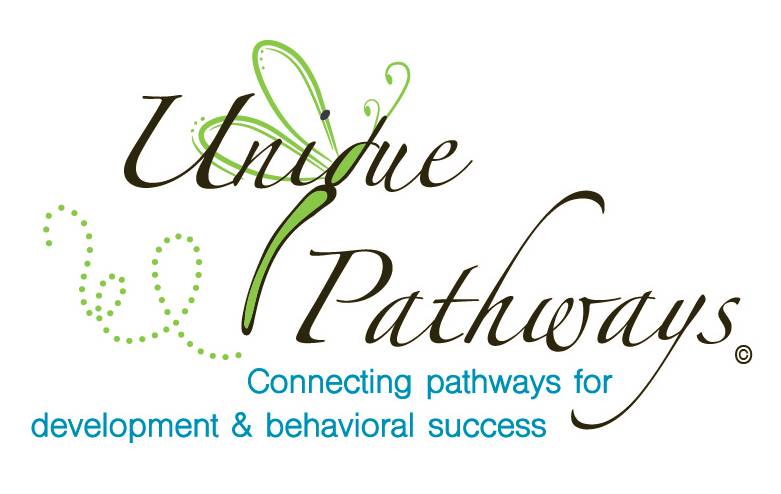Have you ever wondered how professionals diagnose Autism Spectrum Disorder (ASD)? It’s a question that many parents and caregivers find themselves asking, and the answer often leads to the ADOS-2—Autism Diagnostic Observation Schedule-Second Edition. This tool isn’t just another diagnostic test; it’s a game-changer in understanding and diagnosing autism.
Early and accurate diagnosis is vital. Why? Because it paves the way for targeted interventions that can significantly enhance daily living for individuals on the autism spectrum and their families. Let’s dive into how ADOS-2 is making a profound impact in the world of autism diagnosis.
What is ADOS-2?
The ADOS-2 provides a structured yet flexible environment for assessing individuals suspected of having ASD. Developed by Dr. Catherine Lord and her colleagues, this tool has quickly become the international standard, trusted for its precision and reliability in various settings—from clinical offices to research facilities and schools. Its global acceptance and translations into multiple languages underscore its effectiveness and the confidence professionals have in its results.

Purpose and Importance
Recognized as the “gold standard” for diagnosing autism spectrum disorders, the ADOS-2 uniquely assesses social interaction, communication deficits, and repetitive behaviors which are core aspects of ASD. Unlike other diagnostic tools, the ADOS-2 offers a dynamic setting where social and communication skills are not merely discussed or reported but observed firsthand through tasks that mimic everyday interactions. This approach helps identify nuanced social and communication difficulties often missed in traditional assessments.
Components and Modules of ADOS-2
To accommodate the diverse needs and abilities of those being assessed, the ADOS-2 includes several modules, each designed for specific developmental and language levels:
-
For nonverbal children: This module focuses on nonverbal communication, allowing professionals to observe social interaction through shared activities without the need for spoken language.
-
For minimally verbal children: Here, the emphasis is on simple forms of communication, both verbal and nonverbal, assessing the ability to engage in basic social exchanges.
-
For verbally fluent children and adults: This module is designed for individuals who can communicate verbally, focusing on more complex interactions and the subtleties of conversation and social behavior.
Administration and Evaluation Process
The administration of the ADOS-2 is a precise procedure that requires a trained professional. This is often administered by a psychologist, speech-language pathologist, or another specialist in developmental disorders.
During the evaluation, a series of structured and semi-structured tasks are employed, designed to prompt behaviors and interactions that are indicative of ASD. These tasks vary but generally include play-based activities for younger children and conversational tasks for older children and adults. For instance, a younger child might be asked to engage in a play activity that involves turn-taking, allowing the evaluator to observe and assess the child’s ability to initiate and respond to social cues. Older individuals might engage in a storytelling task or a conversation that tests their ability to hold a reciprocal conversation and express their thoughts coherently.
Throughout these activities, the evaluator carefully notes and assesses various behavioral observations. Key observations might include the person’s ability to make and maintain eye contact, the use of gestures, the quality of social interactions, and the presence of repetitive behaviors. All of these behaviors are critically important for making a comprehensive evaluation.
Adaptability and Usage
The ADOS-2 is designed to be versatile, suitable for individuals from as young as 12 months to adulthood. This broad age range applicability is part of what makes ADOS-2 a preferred tool in diverse settings, from clinical assessments to educational environments and research studies.
However, the tool does have its limitations. It is generally not suitable for individuals with significant motor or sensory disabilities as these impairments might interfere with the tasks involved in the assessment or may skew the results. Therefore, alternative or additional methods of evaluation might be necessary to accurately diagnose ASD in these cases.
Parental Involvement
The role of parents during the ADOS-2 evaluation can vary significantly depending on the clinician’s preference and the specific needs of the child. Some clinicians prefer that parents be present during the evaluation, as this can sometimes help the child feel more comfortable and natural. However, others may find that parental presence can influence the child’s behavior in ways that might complicate the assessment. For example, some children might perform certain behaviors only in the presence of their parents or might become overly reliant on their parents for social cues.
The decision about parental involvement is typically made based on the child’s age, developmental level, and the specific circumstances of the assessment. Regardless, parents are always crucial to the diagnostic process as they provide essential developmental history and contextual information that can significantly influence the interpretation of the ADOS-2 results.
Specific Activities and Evaluation Criteria
The ADOS-2 incorporates a variety of tasks designed to elicit behaviors that are key indicators of ASD. These activities are carefully crafted to observe a range of social, communicative, and imaginative skills. For example, one common task involves asking the child to build a tower using blocks. However, the clinician intentionally provides an insufficient number of blocks, observing how the child communicates this issue or tries to solve the problem. This task assesses not just the child’s problem-solving abilities but also their ability to use communication as a tool when they encounter obstacles.
The evaluation criteria for ADOS-2 are focused on three primary areas:
-
Social Interaction: The clinician observes the quality and quantity of the individual’s social overtures and responses. This includes noting how the individual initiates interaction, responds to social advances from others, and whether they engage in shared enjoyment or activities.
-
Communication: Both verbal and nonverbal communication are assessed. The evaluator looks at how the individual uses language or gestures to communicate needs, ideas, or feelings. This also includes an assessment of conversational skills in verbally fluent individuals.
-
Imagination/Creativity: Tasks may also involve imaginative play or storytelling to assess the individual’s ability to use imagination in play or conversation. The evaluator notes the use of imaginative processes and the flexibility of thought.

Combined Diagnostic Approach
The ADOS-2 is typically part of a broader, comprehensive diagnostic evaluation for ASD. It is rarely used in isolation. The importance of incorporating a developmental history is paramount; understanding the individual’s background, including medical, educational, and family dynamics, is critical. Clinicians often gather input from multiple sources such as parents, teachers, and other relevant individuals to build a complete picture of the individual’s social and communication deficits.
Post-assessment, the results from the ADOS-2 are integrated with other findings to form a comprehensive evaluation report. This report not only discusses the results but also provides detailed recommendations for intervention and support. It is a crucial document that can help guide parents, educators, and therapists in effectively supporting the individual with ASD.
Navigating the Path to Understanding
As we wrap up our exploration of the ADOS-2, it’s clear that this tool does more than just diagnose Autism Spectrum Disorder—it illuminates the path to deeper understanding and effective support. With its thoughtful mix of structured tasks and keen observational criteria, ADOS-2 equips professionals to pinpoint the subtle nuances of ASD. This isn’t merely about labeling; it’s about unlocking a comprehensive blueprint for intervention that can dramatically enhance the lives of individuals with autism and their families.
Embracing the insights that ADOS-2 provides allows us to tailor support more effectively and foster a nurturing environment that recognizes the unique strengths and challenges of each person on the autism spectrum.









